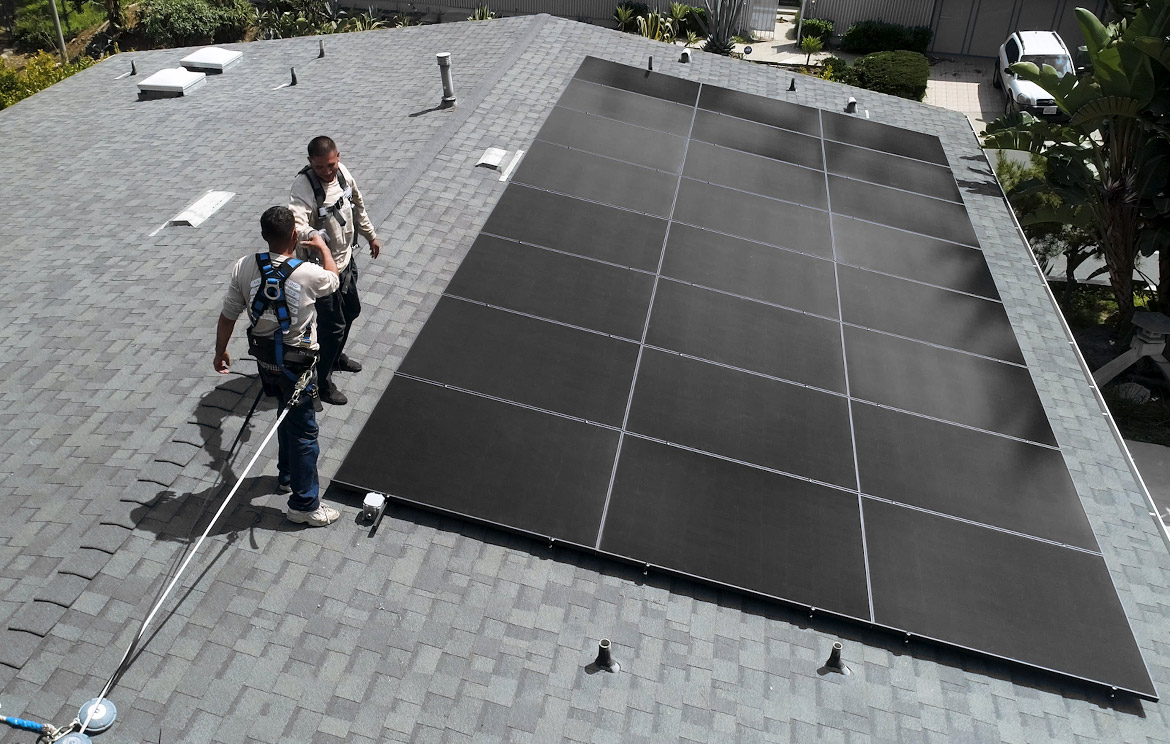




The United States Energy Policy Act of 2005 established the Investment Tax Credit or ITC for short. In regards to solar power installation, this meant a homeowner that owned their solar system free and clear would receive a federal tax break for the total cost of their solar investment. As solar is rapidly becoming ever more popular, the incentive is set to decline over the upcoming years gradually, so if you have been considering solar, now is the time to act.
The federal solar tax credit for 2022, also known as the investment tax credit (ITC), deducts 30% of your solar panel installation costs from your federal taxes. This tax credit is subject to change.
NUMEROUS BENEFITS OF SOLAR
The 2022 ITC is not the only reason to research and evaluate the many benefits of alternative energy sources for your home or office. Solar is an environmentally friendly, renewable, and sustainable energy source that has the capability of fully powering your residence or commercial space, precisely as a traditional “grid-based” power company would, For greater than half the cost of grid electricity. In an area prone to fire-prevention power outages or a grid circuit that has potential for brownouts? Solar power can provide other benefits such as reserve power systems, which are units that store the acquired solar energy - all while still powering your home - for use in an emergency. It sure would be nice to be able to turn the lights on or leave the air conditioner running during times of no power.
SIGNIFICANT FINANCIAL SAVINGS
The aforementioned “grid” companies such as Southern California Edison charge upwards of ¢25 per kilowatt-hour (kWh), while solar power costs are as little as ¢.06 per kWh. If the average household uses in the neighborhood of 900 kWh per month, then solar energy provides an approximate yearly savings of $2,000 over grid-based electricity! That is a substantial difference, especially in the higher cost of living areas where saving money is essential.
The average size residential solar power system is 6kW, which is an approximate $19,000 upfront cost. These credits greatly help absorb the initial cost, as well as get you closer to full fiscal recuperation of the system faster.
After taking your ITC, and saving $2,000 in electricity usage costs in the first year, you’ve already made a $19,000 solar system and paid only $10,000. If you choose to remain in your solar-powered home, the system will entirely pay for itself only five to ten years later.
Choosing to sell your home? The average home in California will sell for $20,000 more with solar installed!